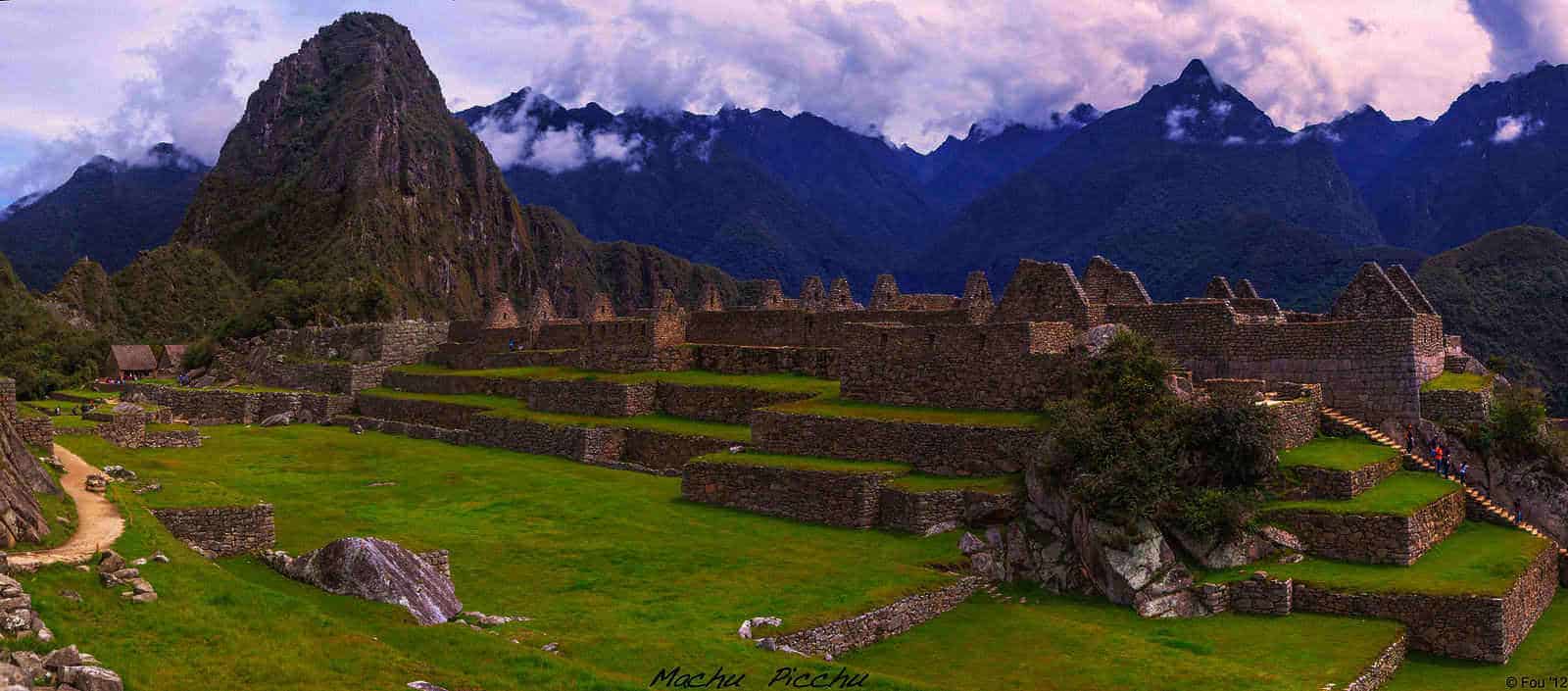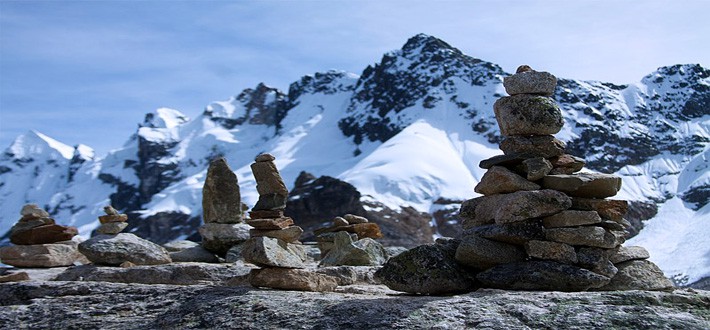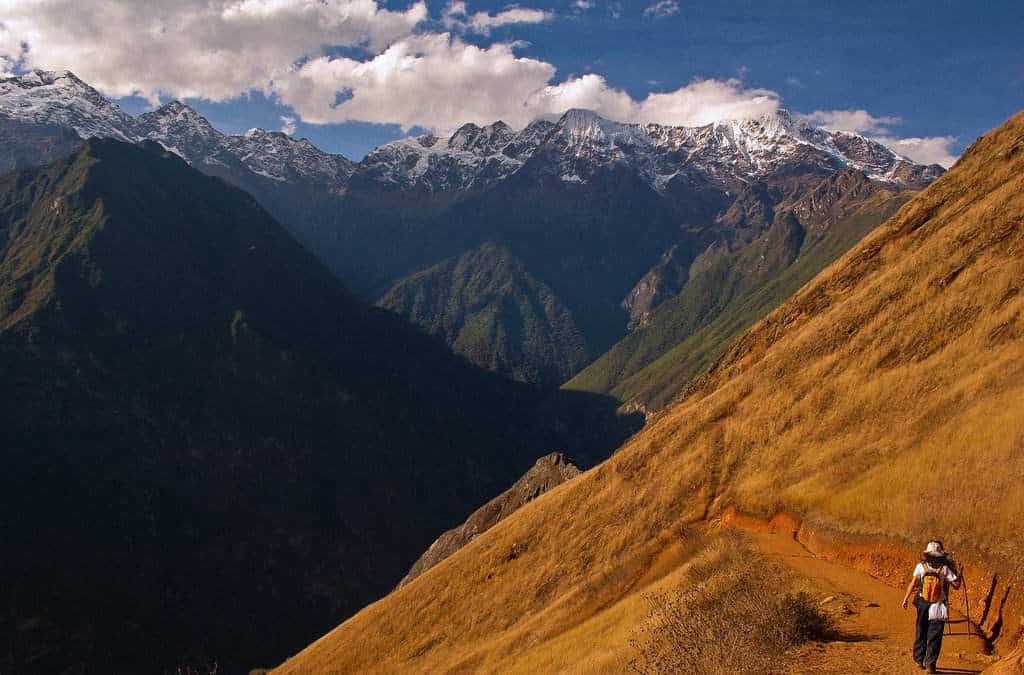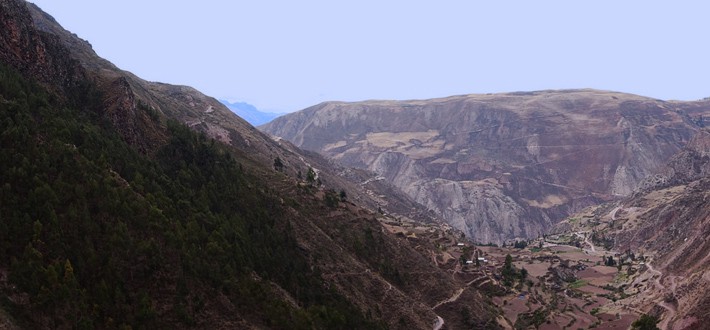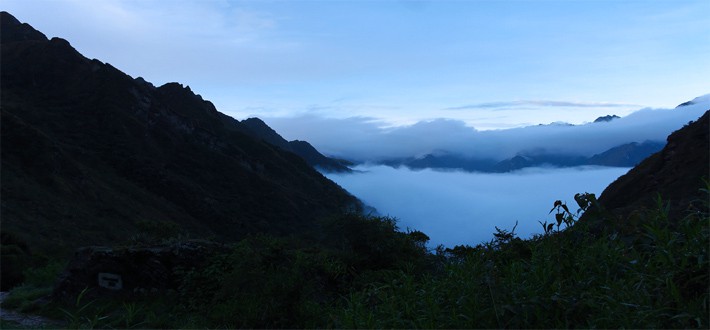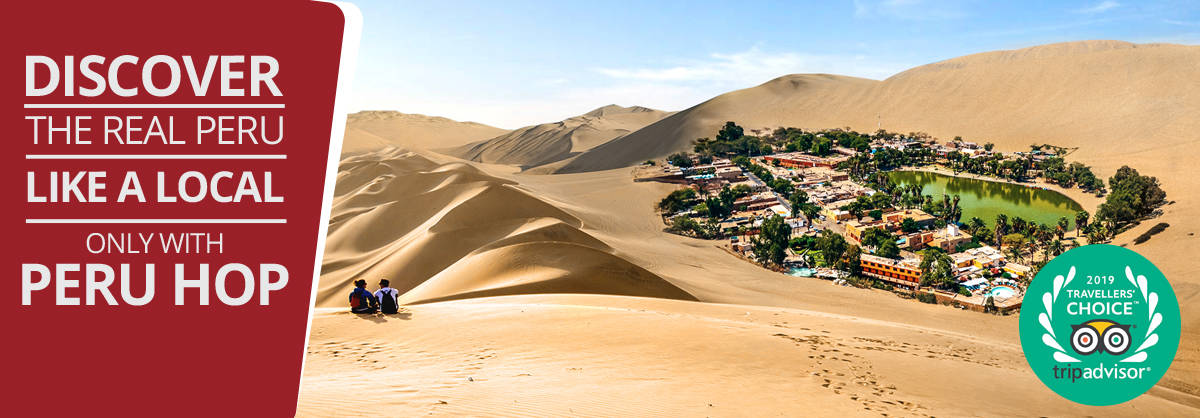Machu Picchu Hike: Agencies want this blog banned! – Must read before you hike
June 20, 2018Machu Picchu Hike 2018 update: With landscapes being a melting pot of diverse natural beauty and breathtaking ancient archeological ruins, Peru is quickly becoming known among outdoor enthusiasts and backpackers as one of the world’s best locations for hiking. Perhaps nothing better illustrates this than a Machu Picchu hike. As Machu Picchu becomes more popular globally, researching about hikes can at times be a cluttered and stressful process with trustworthy and reliable information being hard to find. Fear not however, as outlined below are The Only Peru Guide top tips to have you tackling your hike like a pro!
Machu Picchu Hike – choosing a route:
The first step for any hikers planning their Machu Picchu hike is deciding upon a route. Famed globally for its stunning topography and hiker friendly layout, The Inca Trail hike has become the Machu Picchu hike of choice for many. Departing from the city of Cusco in the Peruvian Andes, this 4 day trek rewards hikers with a barrage of breathtaking views – from snow capped mountain peaks, deep ravines & river ways, to forests of lucious low lying clouds – all while walking from one mystical, cliff-embedded ruin to the next.
Unfortunately however, the time where a traveler could simply arrive in Cusco and depart on an Inca Trail hike the following morning has long since passed. For preservation purposes, the Peruvian government now limits access to the trail to 500 persons per day, porters included. Access to these permits has been known to sell out up to six months in advance, sometimes even more in peak seasons! So make sure to book well in advance to avoid disappointment.
For many travelers, though, booking this early isn’t always possible. But if you’re reading this and fear you may have left it too late to book your permit you do not need to fret. Luckily enough, our team of experts has compiled a detailed list of three Inca Trail alternatives to suit hikers of all experience levels.
The Salkantay Trek:
A globally renowned alternative to the Inca Trail, this 4-5 day hike is currently open to everybody, with no limitation on access or permits. And unlike its more popular sister route, this Machu Picchu hike hits a sweet spot for most travellers in that it’s just well-known enough to be safe, but not well-known enough to be overrun with tourists.
The Salkantay Trek route follows a system of ancient footpaths connecting Mollepata, Cusco to the ancient Incan citadel of Machu Picchu. Travellers on the Salkantay Trek will be treated to kaleidoscopic views of snow touched peaks meeting lush, subtropical rainforests.
The focal point of the route is undoubtedly Mt. Salkantay, a 20,500 ft. behemoth whose Quechuan translation is literally ‘Savage Mountain’. This glaciar capped mountain is endeared to the local people, itself being one of the holiest peaks within the Incan religious domain.
The Salkantay trek concludes with a picturesque walk from the ancient ruins of Llactapta, during which travelers are treated with rare side-on views of the full Machu Picchu structure. This walk leads to a small train station, where frequent routes are ran along the Urubamba River to Aguas Calientes, the town dubbed ‘The Gateway to Machu Picchu’.
Interested? To discover more about this stunning trek check out our Salkantay Trek to Machu Picchu blog.
The Vilcabamba Traverse Route:
For more experienced hikers, The Vilcabamba Traverse Route offers travelers the chance to cross the many mountainous miles from Ollantaytambo to Aguas Caliente.
Depending on the variation, travelers of the Vilcabamba Traverse Route will follow a route that takes them from the town of Ollantaytambo, to a mountainous pass over the impressive Abra Malaga, to a steep descent into the Vilcabamba Valley, before proceeding on to the archaeological sites of Vitcos-Rosaspata and the Ñusta Hispana – and that’s only the first day.
Typically done over 5 days (though certain variations can take anywhere up to 13 days!), the Vilcabamba Traverse Route is not for the faint of heart or the weak of legs, with steep descents and sharp declines filling the long hiking days that can start as early as a 4am.
Travelers of the Vilcabamba Traverse Route will experience first hand the vast array of biodiversity the Andean climate has to offer, with hikers crossing arid scrub lands, subtropical jungle & thick cloud forests on their way to the sacred Incan citadel.
Note: If you arrive in Aguas Calientes after your trek and decide you’re still not tired enough, it might be worthwhile considering the Huayna Picchu climb, the large mountain behind the city. The views at the top are among the best on the continent and the climb typically takes about 1 hour to ascend and even less to descend. However, there are only 400 Huayna Picchu climbing permits admitted per day and only two climbing times (7am and 10am), so it is advisable to secure your permit well in advance of your arrival in Aguas Calientes.
Cachicata Trek:
Relatively easier than other Machu Picchu hikes on offer, the Cachicata trek is an easily approachable alternative for less experienced trekkers, and the rewards are just as fruitful.
One of the newest treks offered to Machu Picchu but also one of the most scenic, Cachicata Trek travelers will be treated to spectacular views of the Perolniyoc waterfall as well as being given the chance to explore some of the lesser-known Incan ruins that surround it.
If history is your niche, this picturesque high altitude route also follows some of the the old paths once traveled by the Chaski messengers – the swift footed messenger boys that once connected the Incan Empire.
Also, being one of the newer Machu Picchu hikes available, the Cachicata Trek is much less crowded than other routes, making for a much more authentic hiking experience.
The Cachicata Trek typically takes between 4-5 days depending on your desired speed and concludes with a short journey from Aguas Calientes.
Bonus Tips from our Experts:
Stay Hydrated: Dehydration sets in faster at higher altitudes, so make sure to pack plenty of water and stay well hydrated, whatever your route. It might also be smart to pack some rehydration salts as some routes can be particularly strenuous.
Be Prepared for all Weather: At higher altitudes, swings in weather become faster and more extreme. Some routes have been known to treat hikers to 4 seasons in one day. To combat this make sure to pack plenty of layers and layer up/down during the day as you see fit. Rain jackets are imperative.
Hiking Boots: This one is vital. Some Machu Picchu hikes can take up to two weeks with 7-8hrs hiking per day. Avoid some of the horror stories common to novice hikers and ensure your hiking boots are well broken in prior to your departure.
Acclimatise yourself: Prior to commencing your Machu Picchu hike, it can be wise to spend 2 days in Cusco to acclimate yourself to the higher altitude. This will help prevent soroche (altitude sickness) and all the unpleasantness it brings with it.
Book your hike with trusted tour operators: Avoid scams and get the best value for your money by booking via FindLocalTrips.com, a search and comparison website for tours and activities across South America.
If you’d like to find out more about Machu Picchu including information about tickets, transportation & accommodation make sure to check out our comprehensive Machu Picchu Guide here!
YOU MAY LIKE

Lima to Machu Picchu – Agencies DON’T want you to read this!

#1 Rated Day Trips From Lima To Unforgettable Destinations

Everything You Need to Know to Avoid the Typical Tourist Mistakes At Machu Picchu

What NOT To Do When Visiting Rainbow Mountain

Spend 50% less and see 100% more in Peru

Machu Picchu Tickets – All You Need To Know!

These Hidden Destinations Just Outside Of Lima Will Blow Your Mind!

Peru – How to Avoid Being a Typical Tourist

OFFICIAL: This Company Was Voted The Best Way To Get Around Peru

Peruvian Travel Secrets That Only The Locals Know
Leave A Reply
You must be logged in to post a comment.


